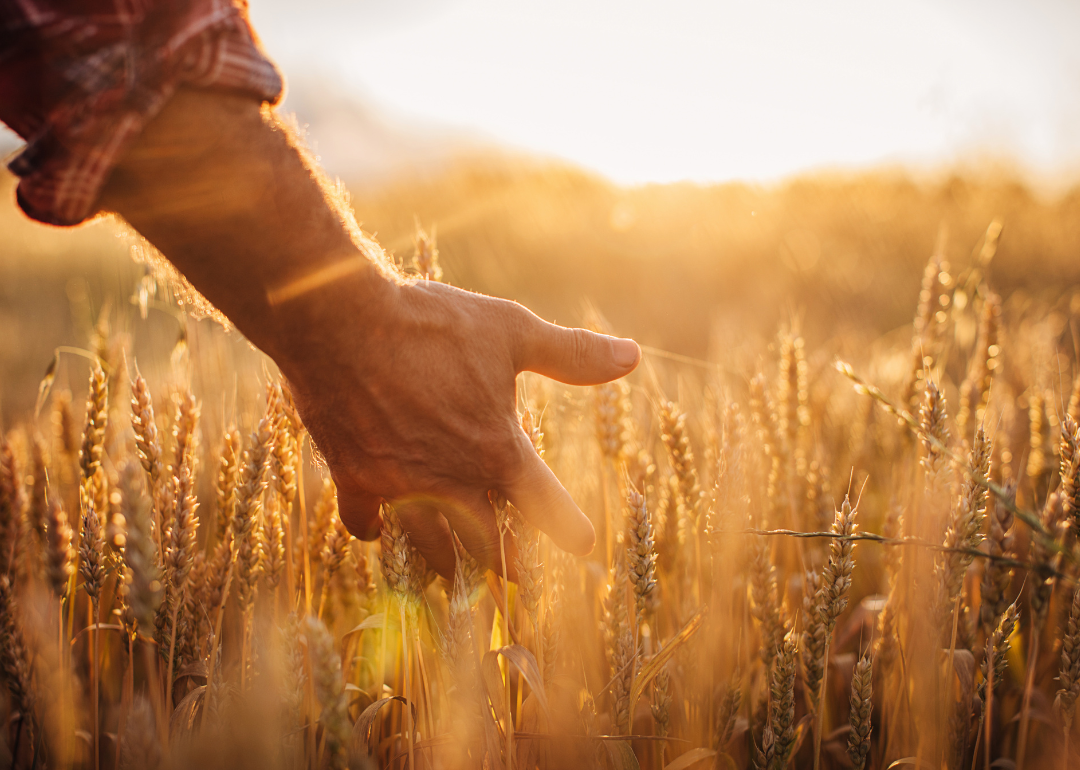
Climate change is lengthening growing seasons: How it's impacting every state
Climate change is lengthening growing seasons: How it's impacting every state
Hobby gardeners and professional farmers have long relied on weather predictions from farmers' almanacs and other sources to guide how they start seeds and prepare for the upcoming season. Climate change, however, has altered the predictability of each region's final spring frost and the first frost in fall, shifting their growing seasons.
Stacker examined how the average length of growing seasons has changed across every state between 1895 and 2020, citing data from the National Centers for Environmental Information and packaged by the Environmental Protection Agency. Please note data was not available for Alaska and Hawaii.
Additional data on change in the average timing of first and last frosts is also included. However, those two measures may not add up to the exact difference in growing season length because of the statistical methods used to calculate the average dates and durations.
Across the U.S., the 2020 average growing season was 13 days longer than the long-term 1895-2020 average would have suggested, putting those almanacs off by whole weeks.
Those long-term trends can hide the season-to-season irregularity climate change has also fueled. Bulbs may emerge as a first sign of spring only to lose their luster in a late-spring snap freeze. Fruit trees can have their growth stunted when a warm spring begins and is disrupted by a frost.
Shifting growing seasons affect more than people's backyards. In 2021, American farms contributed over $160 billion to the U.S.'s GDP, about 0.7% of the total. Irregular seasons can have especially pronounced effects on smaller family farms.
On paper, a longer growing season might seem like more days to grow food—a promising possibility. But it's not that simple. Plants grow and develop differently: Warm-weather plants like tomatoes and peppers may enjoy the extended summer, but cool-season crops like spinach and cauliflower may face early bolting if the season is fueled by hotter days. Longer seasons also support organisms farmers don't want—like weeds, pests, and invasive species.
The shifting patterns have enabled new regions to become hubs for crops they haven't traditionally grown, but it can also mean farmers have to rethink their livelihoods.
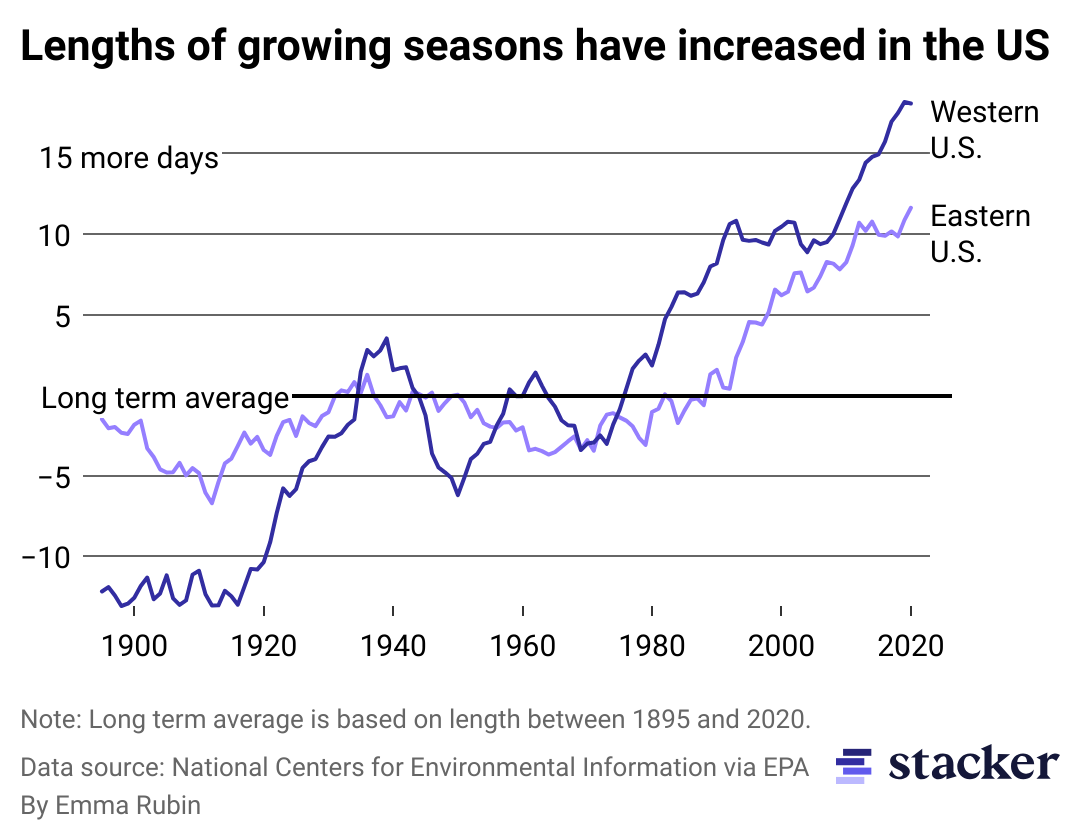
Western vs. Eastern US
The average growing season length is up across the board in the U.S. The analysis divides the two regions with a straight north-south line following the eastern side of the Texas panhandle.
Beyond temperatures, climate change has also shifted precipitation patterns. The West has seen elongated droughts, causing farmers to rely on aquifers for irrigation, though they are reaching alarmingly low levels.
In other regions, extreme levels of rain can promote crop diseases, lowering yields and affecting groceries beyond just the produce aisle.
Read on to see how your state's growing season has changed over the past 130 years.
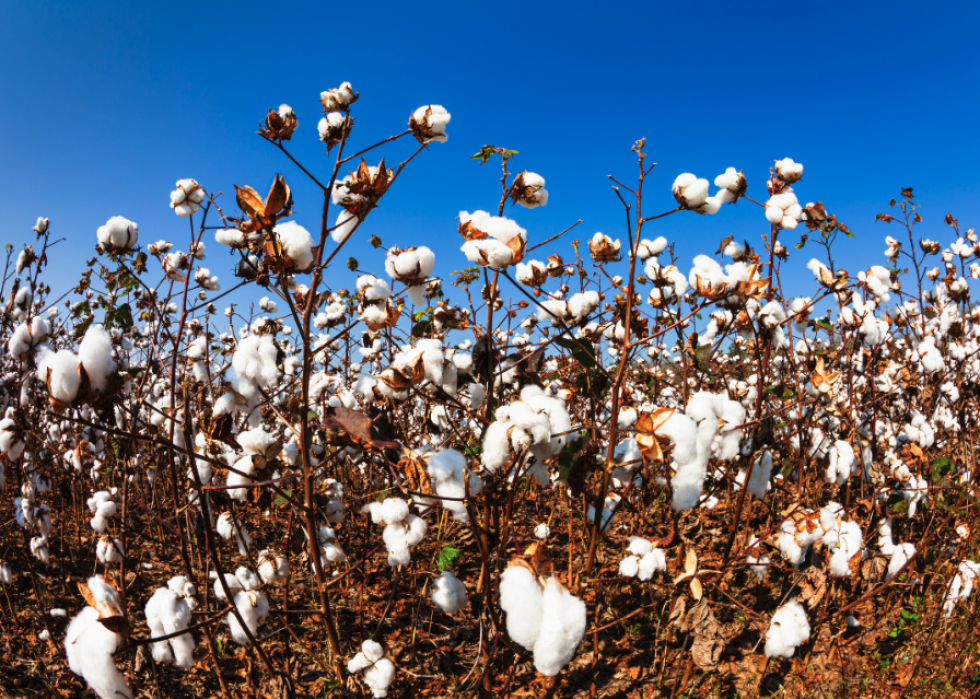
Alabama
- Change in length of growing season: 1.9 fewer days
- Change in timing of first fall frost: 1.1 days earlier
- Change in timing of last spring frost: 1.0 days later

Arizona
- Change in length of growing season: 49.8 more days
- Change in timing of first fall frost: 18.2 days later
- Change in timing of last spring frost: 29.3 days earlier
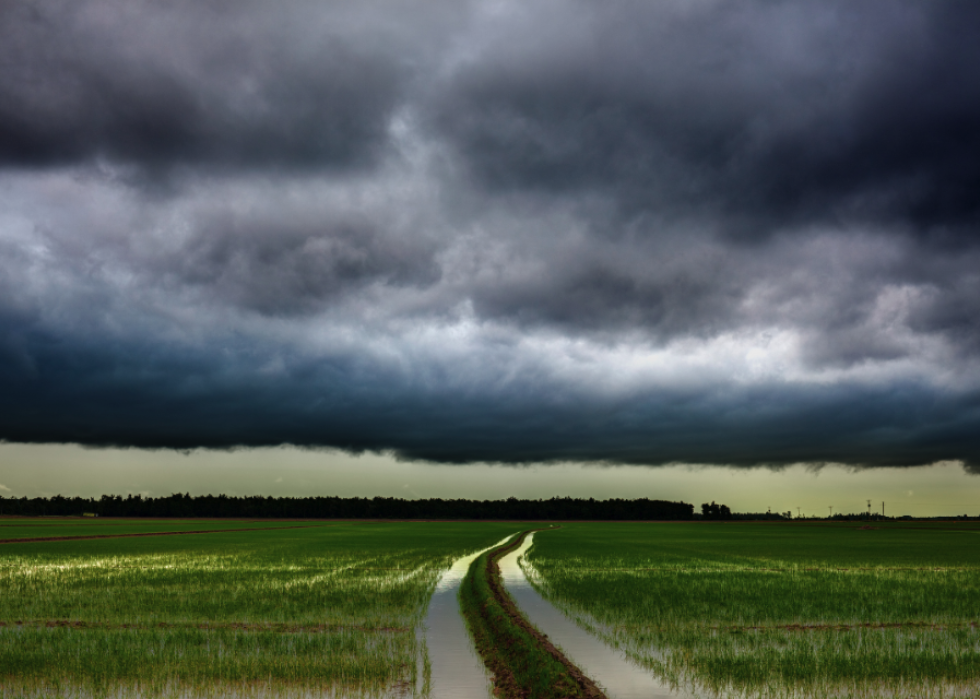
Arkansas
- Change in length of growing season: 14.4 more days
- Change in timing of first fall frost: 9.0 days later
- Change in timing of last spring frost: 5.8 days earlier
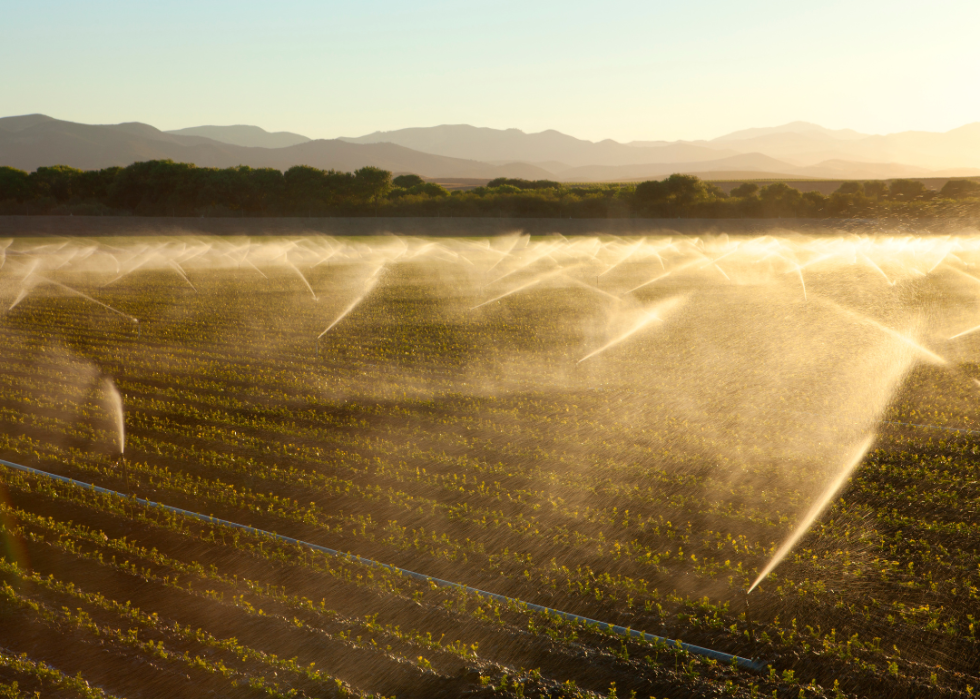
California
- Change in length of growing season: 50.9 more days
- Change in timing of first fall frost: 18.5 days later
- Change in timing of last spring frost: 31.0 days earlier
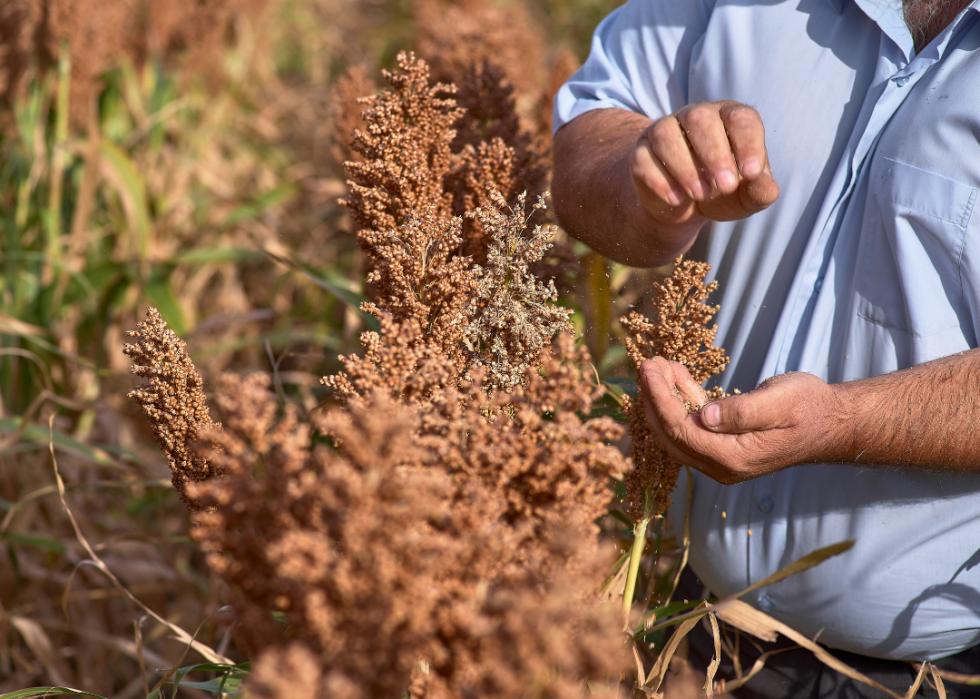
Colorado
- Change in length of growing season: 11.2 more days
- Change in timing of first fall frost: 4.8 days later
- Change in timing of last spring frost: 5.5 days earlier
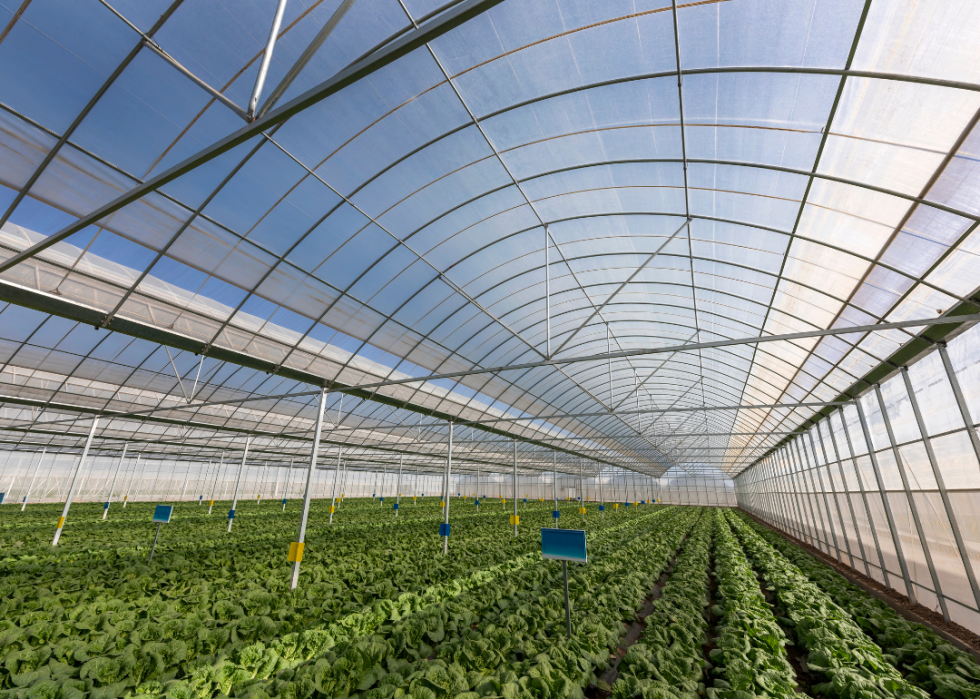
Connecticut
- Change in length of growing season: 27.7 more days
- Change in timing of first fall frost: 13.4 days later
- Change in timing of last spring frost: 13.8 days earlier
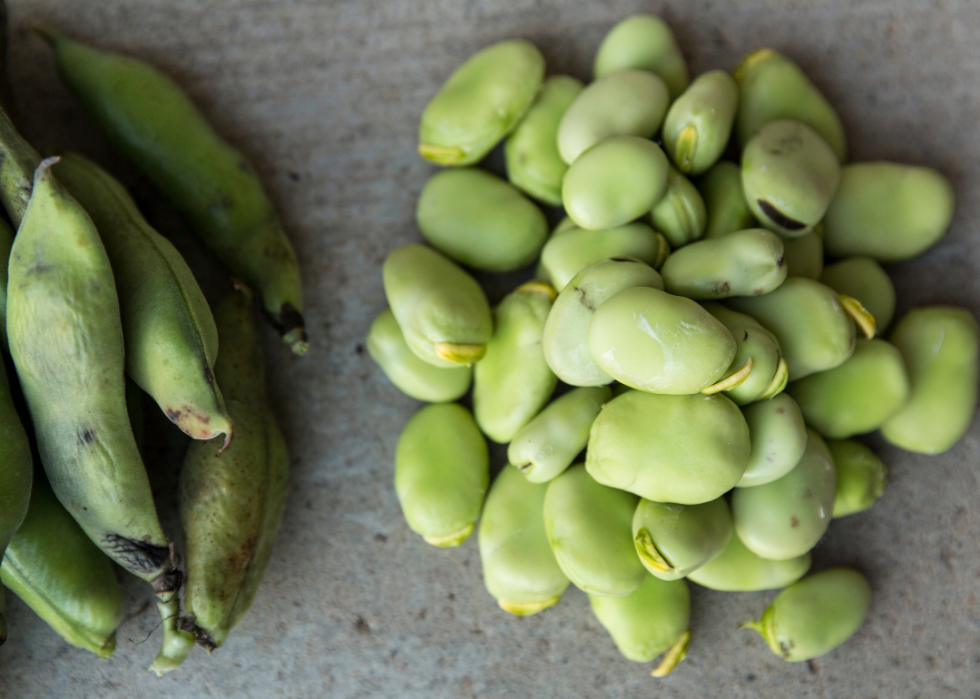
Delaware
- Change in length of growing season: 27.5 more days
- Change in timing of first fall frost: 7.9 days later
- Change in timing of last spring frost: 18.5 days earlier

Florida
- Change in length of growing season: 25.6 more days
- Change in timing of first fall frost: 14.5 days later
- Change in timing of last spring frost: 10.9 days earlier
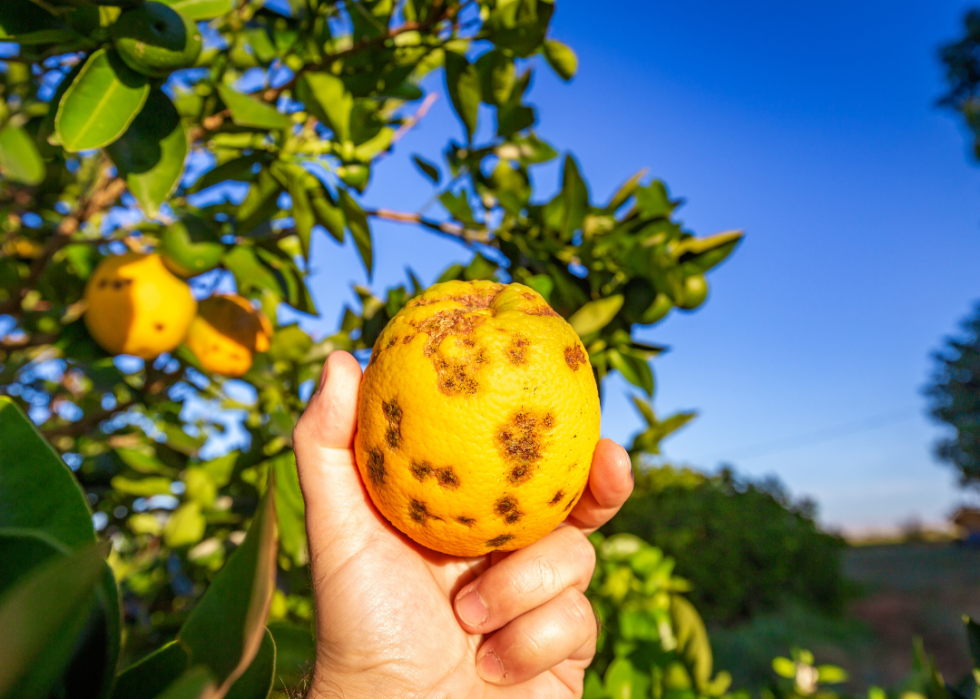
Georgia
- Change in length of growing season: 10.9 fewer days
- Change in timing of first fall frost: 2.9 days earlier
- Change in timing of last spring frost: 8.3 days later

Iowa
- Change in length of growing season: 11.1 more days
- Change in timing of first fall frost: 4.3 days later
- Change in timing of last spring frost: 6.8 days earlier
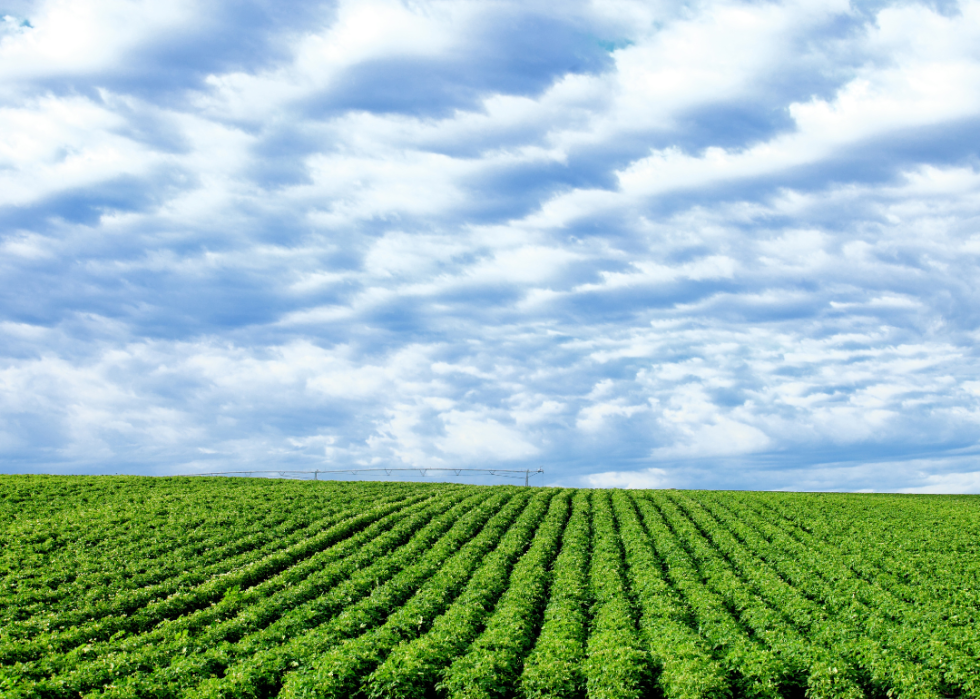
Idaho
- Change in length of growing season: 25.9 more days
- Change in timing of first fall frost: 11.3 days later
- Change in timing of last spring frost: 4.5 days earlier
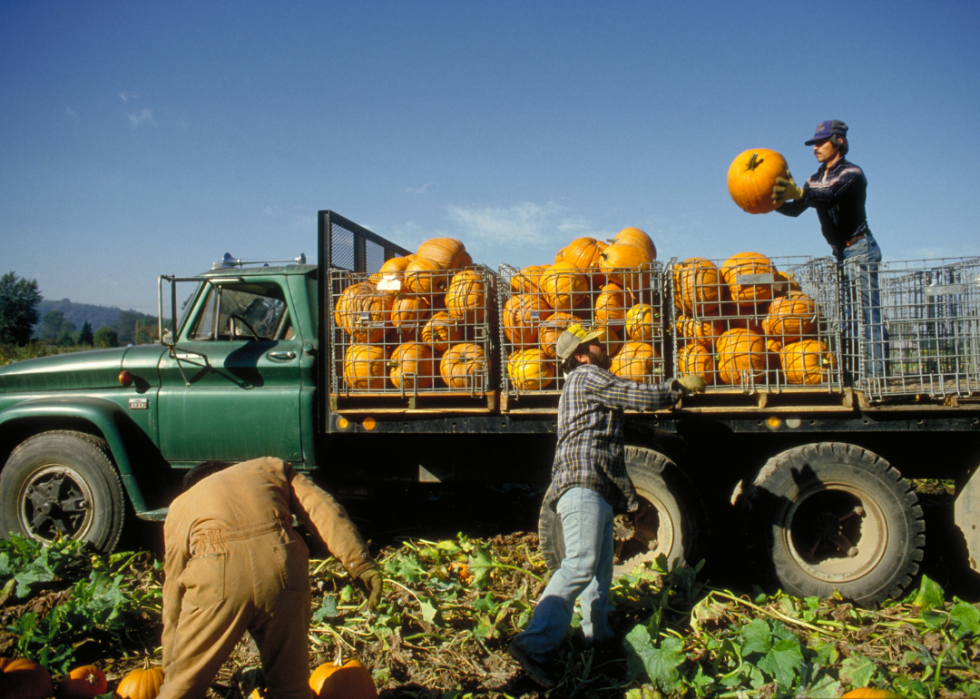
Illinois
- Change in length of growing season: 8.6 more days
- Change in timing of first fall frost: 2.3 days later
- Change in timing of last spring frost: 7.0 days earlier
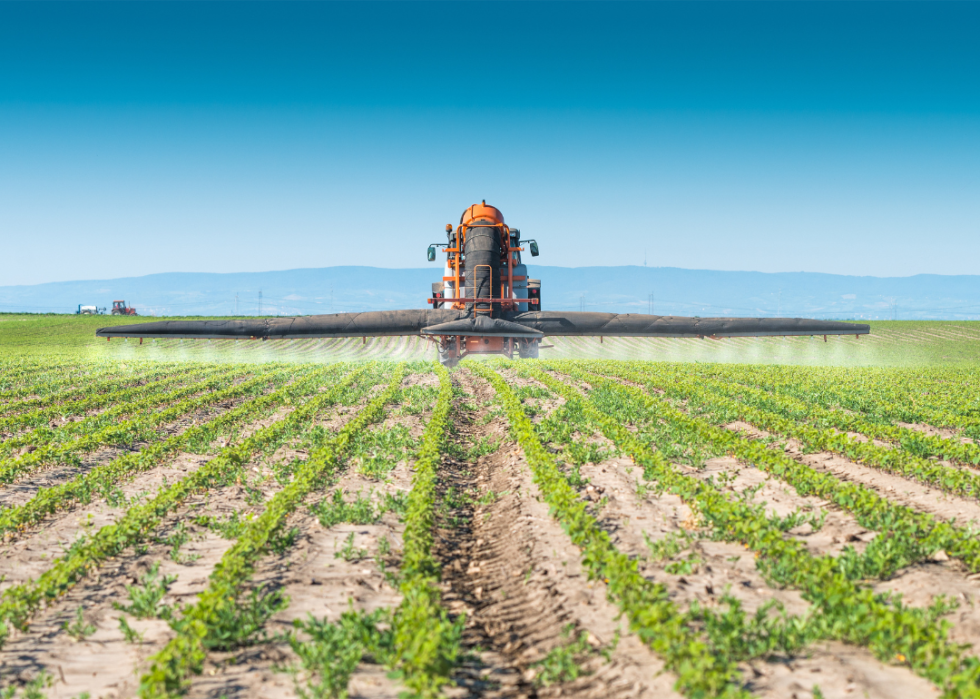
Indiana
- Change in length of growing season: 12.7 more days
- Change in timing of first fall frost: 4.4 days later
- Change in timing of last spring frost: 7.9 days earlier
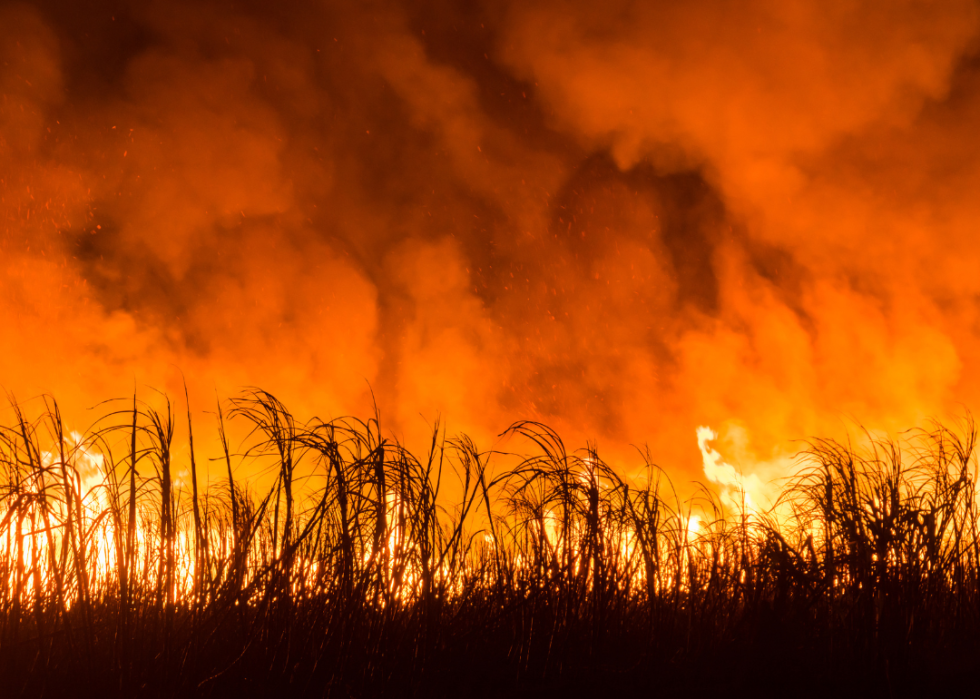
Kansas
- Change in length of growing season: 14.8 more days
- Change in timing of first fall frost: 6.1 days later
- Change in timing of last spring frost: 4.3 days earlier
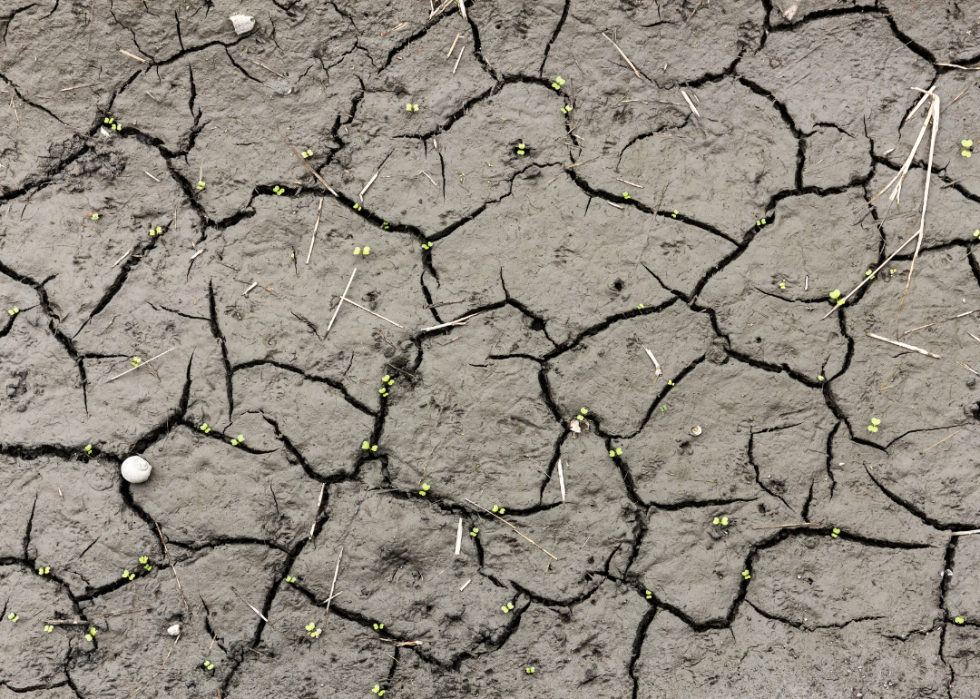
Kentucky
- Change in length of growing season: 6.8 more days
- Change in timing of first fall frost: 5.1 days later
- Change in timing of last spring frost: 2.2 days earlier
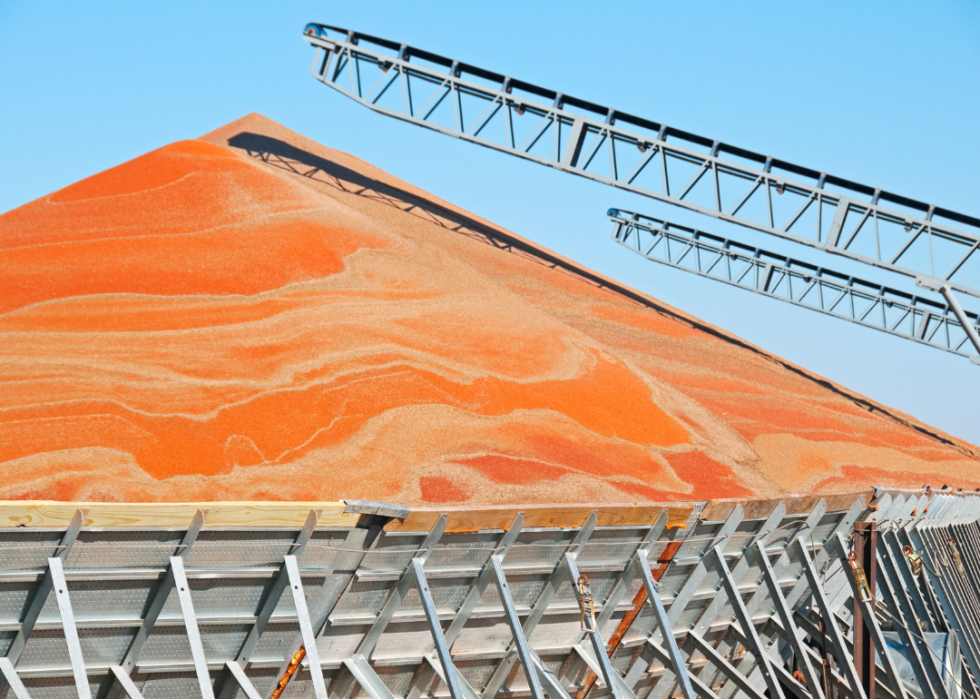
Louisiana
- Change in length of growing season: 20.2 more days
- Change in timing of first fall frost: 11.4 days later
- Change in timing of last spring frost: 8.2 days earlier
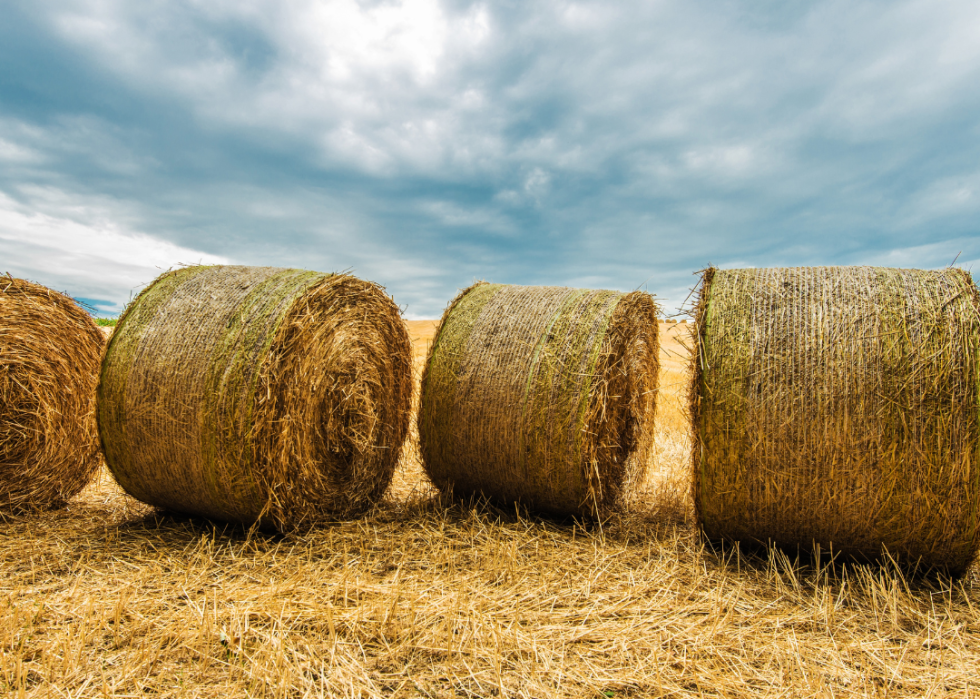
Massachusetts
- Change in length of growing season: 11.5 more days
- Change in timing of first fall frost: 7.3 days later
- Change in timing of last spring frost: 3.5 days earlier

Maryland
- Change in length of growing season: 23.3 more days
- Change in timing of first fall frost: 14.2 days later
- Change in timing of last spring frost: 12.0 days earlier
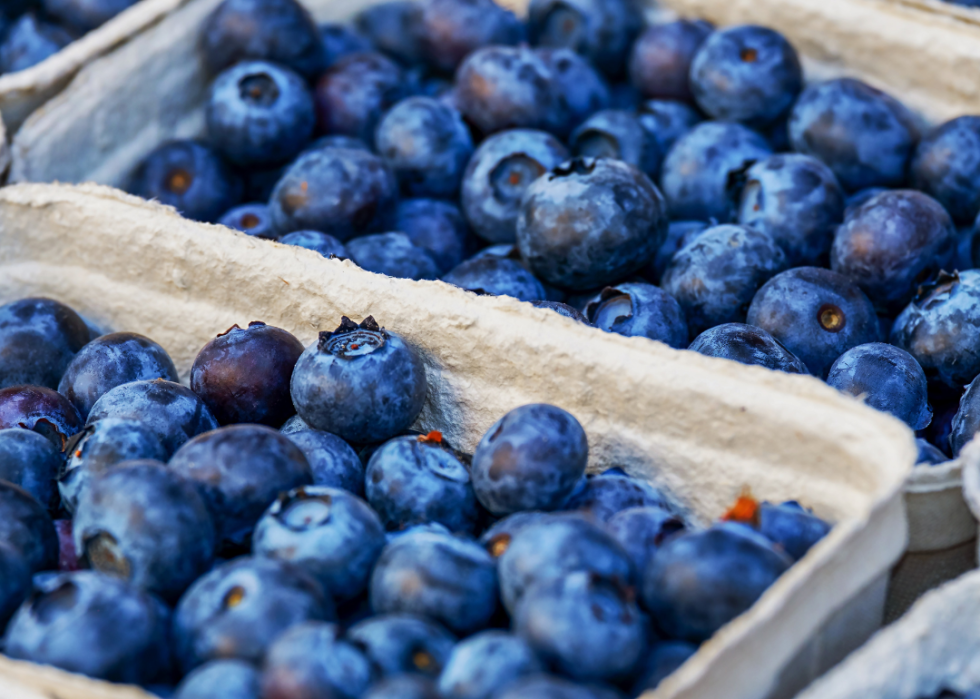
Maine
- Change in length of growing season: 15.1 more days
- Change in timing of first fall frost: 7.0 days later
- Change in timing of last spring frost: 8.4 days earlier
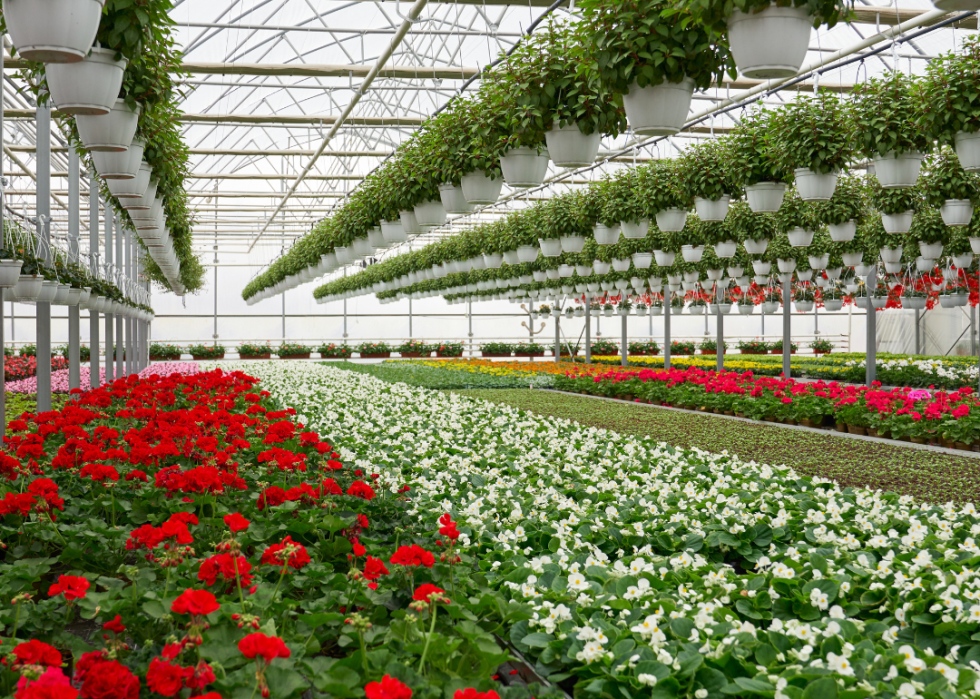
Michigan
- Change in length of growing season: 13.6 more days
- Change in timing of first fall frost: 8.0 days later
- Change in timing of last spring frost: 5.8 days earlier
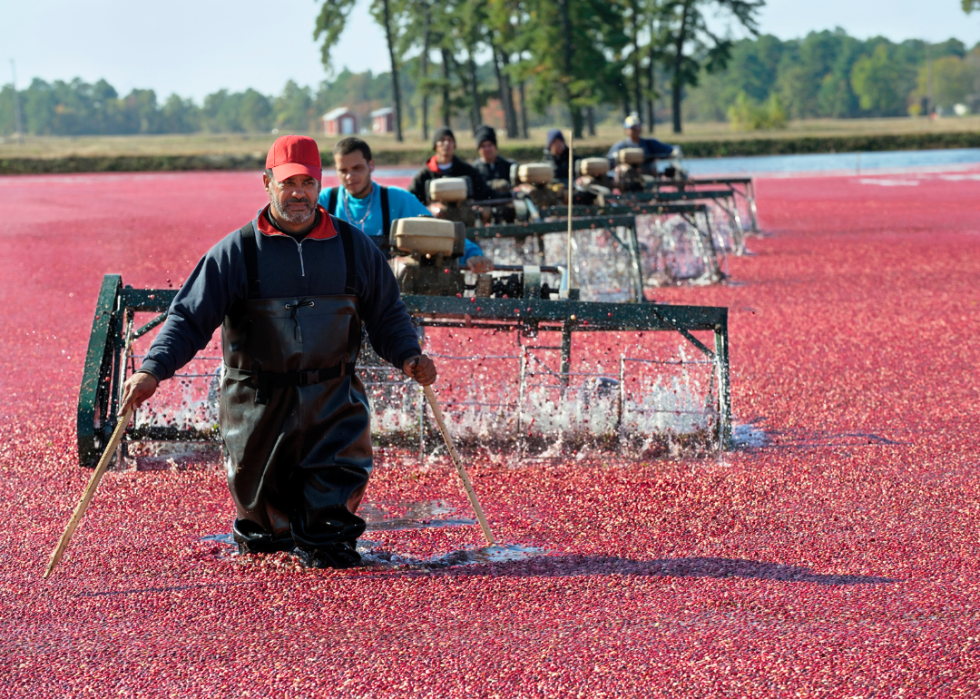
Minnesota
- Change in length of growing season: 19.6 more days
- Change in timing of first fall frost: 7.2 days later
- Change in timing of last spring frost: 11.1 days earlier
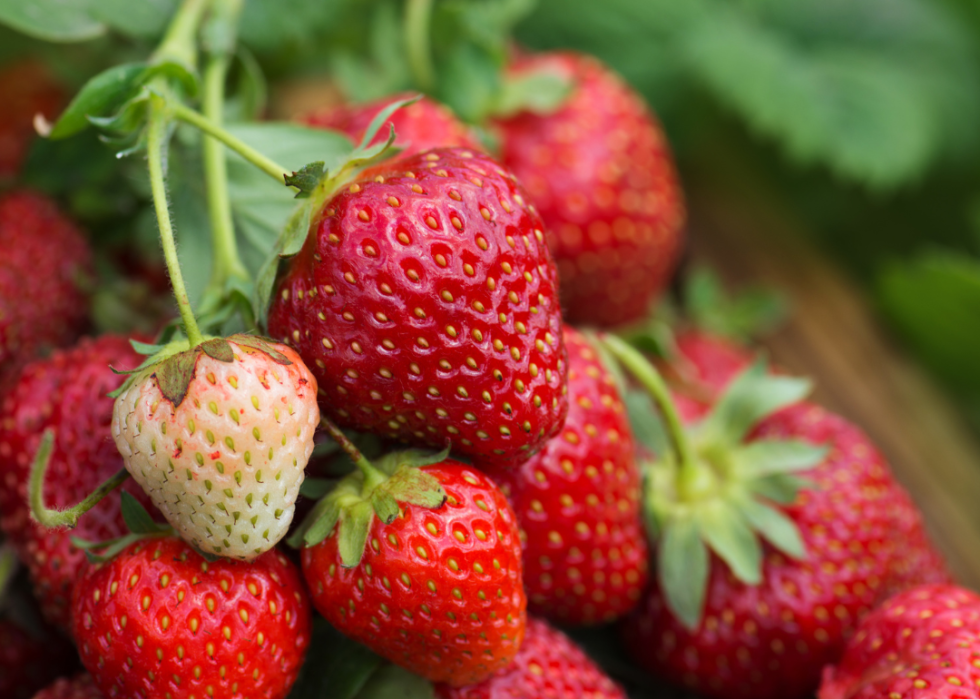
Missouri
- Change in length of growing season: 11.0 more days
- Change in timing of first fall frost: 5.0 days later
- Change in timing of last spring frost: 6.4 days earlier
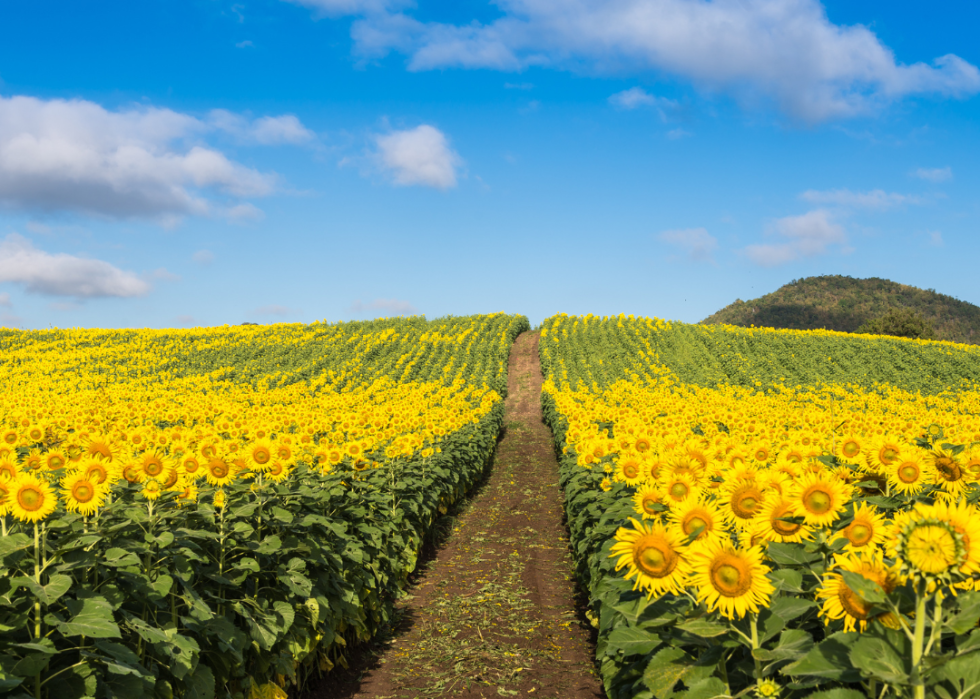
Mississippi
- Change in length of growing season: 0.7 more days
- Change in timing of first fall frost: 1.0 days later
- Change in timing of last spring frost: 0.7 days later
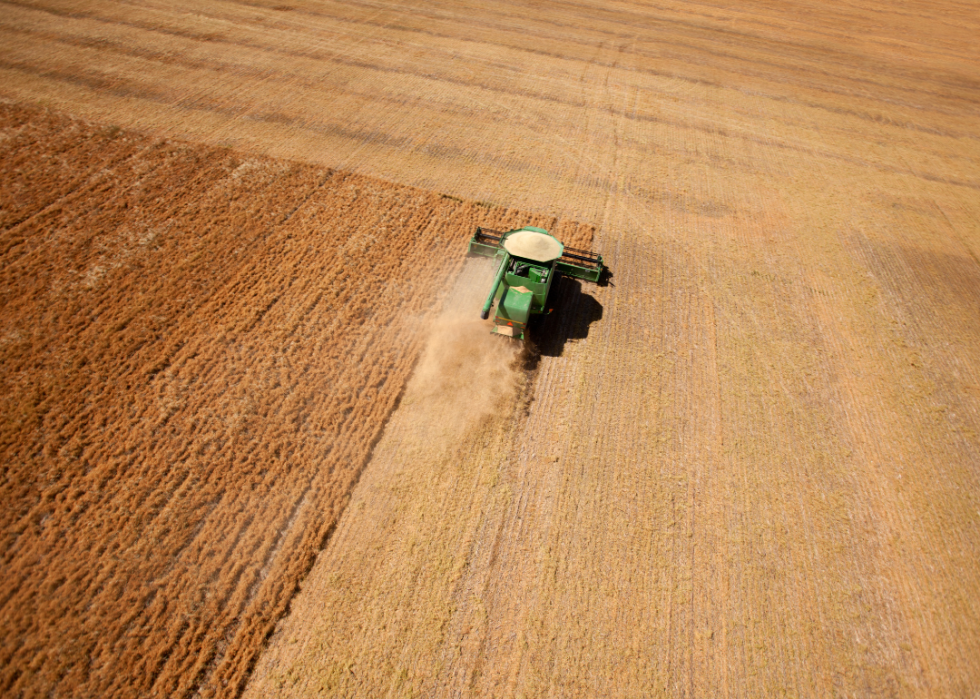
Montana
- Change in length of growing season: 12.7 more days
- Change in timing of first fall frost: 7.9 days later
- Change in timing of last spring frost: 5.5 days earlier
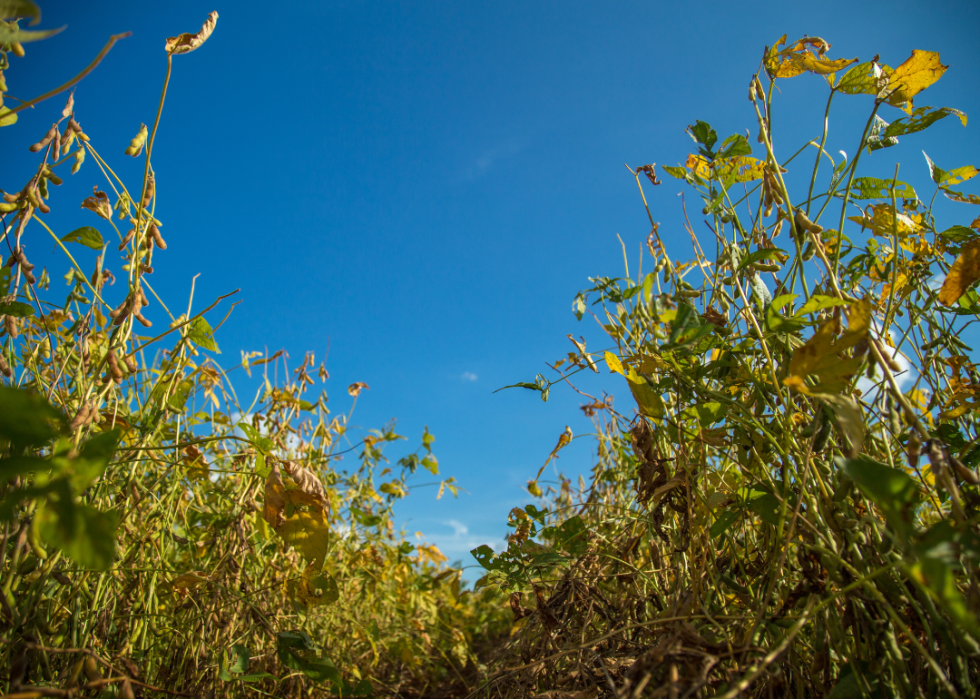
North Carolina
- Change in length of growing season: 6.4 more days
- Change in timing of first fall frost: 3.8 days later
- Change in timing of last spring frost: 3.4 days earlier
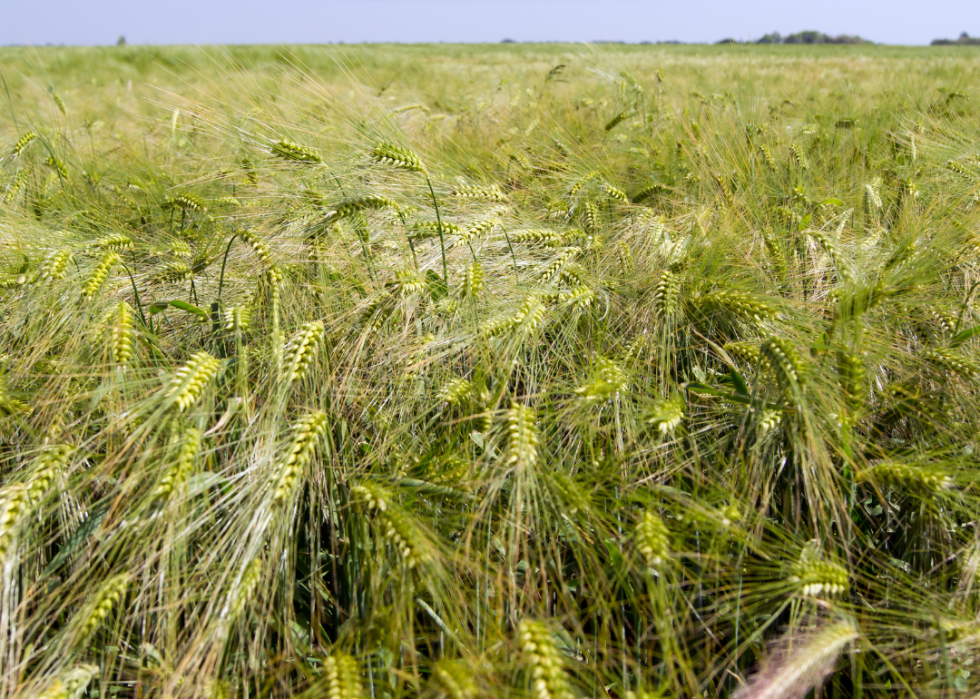
North Dakota
- Change in length of growing season: 31.0 more days
- Change in timing of first fall frost: 16.2 days later
- Change in timing of last spring frost: 15.8 days earlier
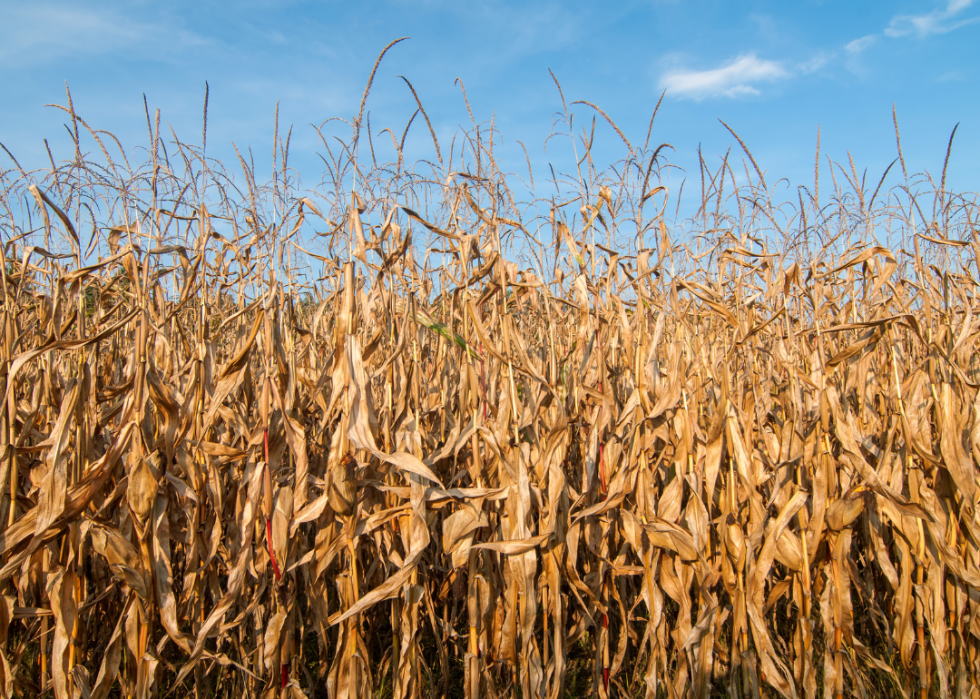
Nebraska
- Change in length of growing season: 9.4 more days
- Change in timing of first fall frost: 3.9 days later
- Change in timing of last spring frost: 3.9 days earlier
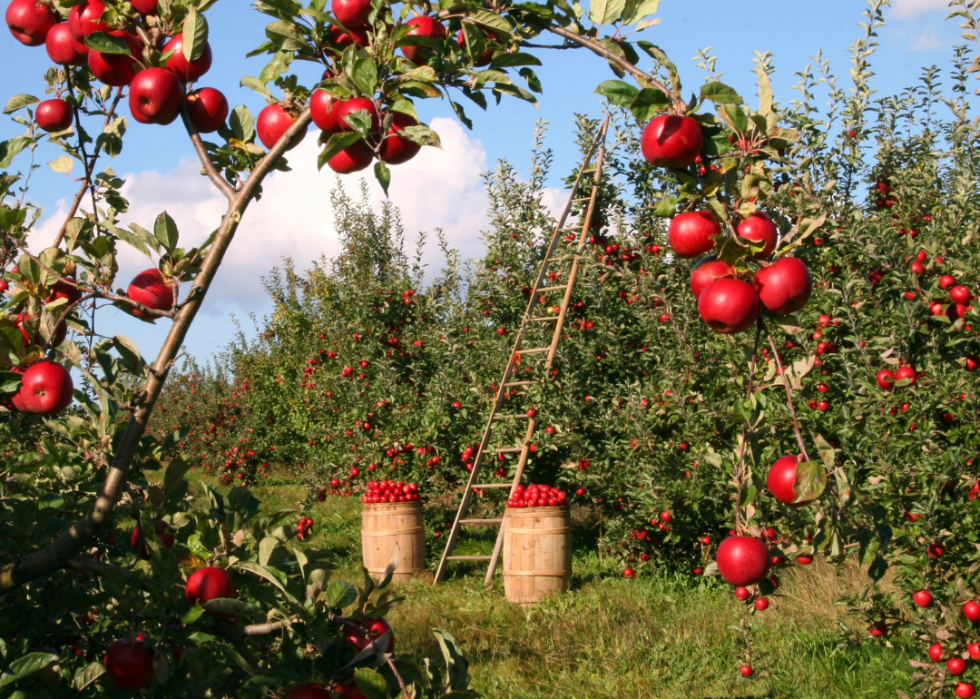
New Hampshire
- Change in length of growing season: 21.8 more days
- Change in timing of first fall frost: 12.0 days later
- Change in timing of last spring frost: 8.6 days earlier
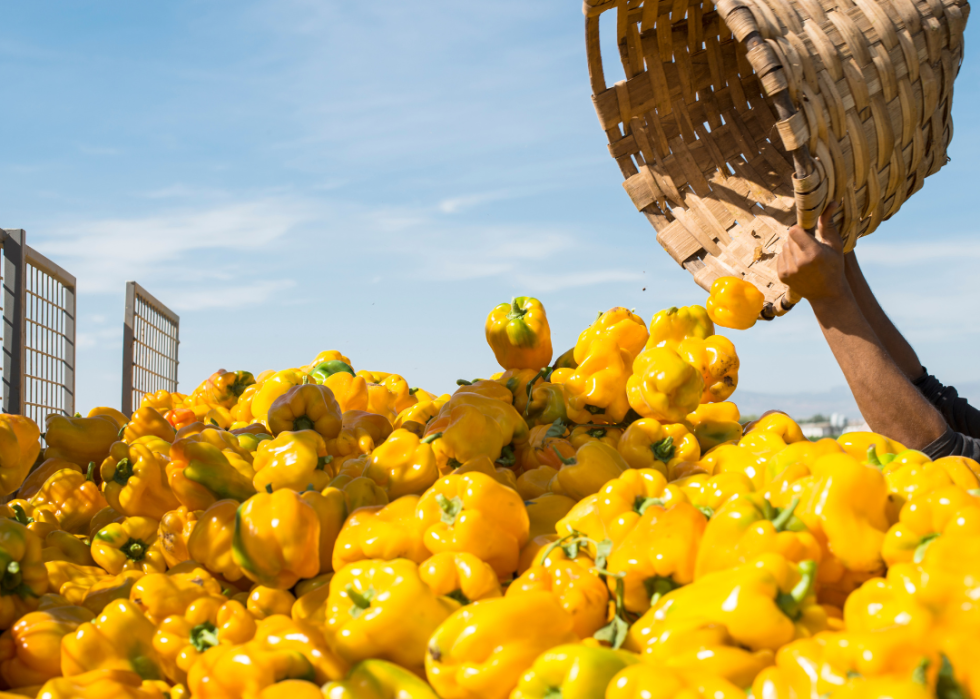
New Jersey
- Change in length of growing season: 16.8 more days
- Change in timing of first fall frost: 10.8 days later
- Change in timing of last spring frost: 6.0 days earlier
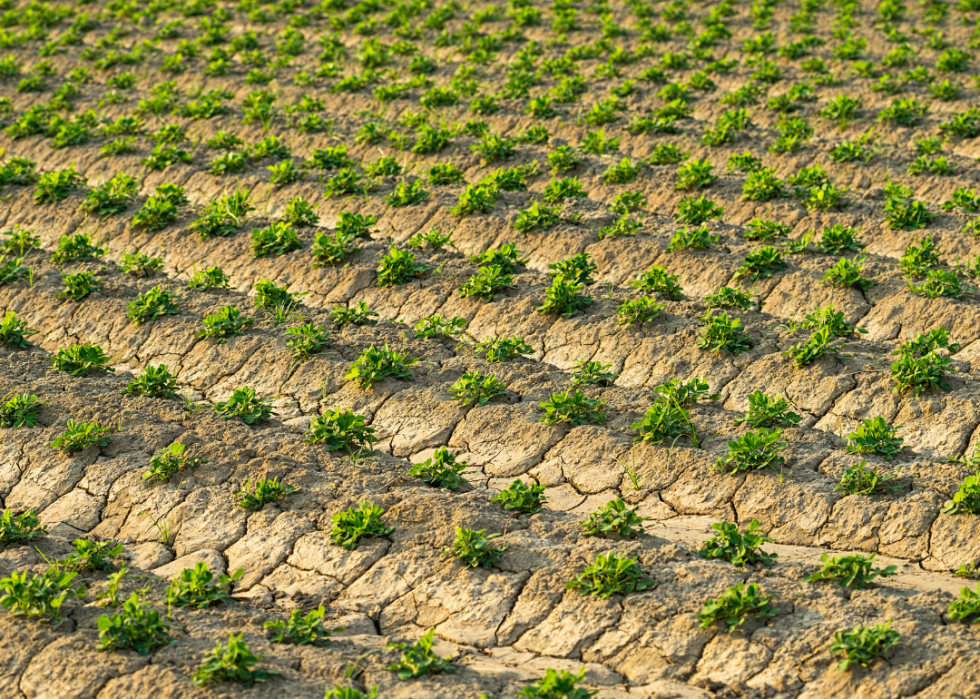
New Mexico
- Change in length of growing season: 13.3 more days
- Change in timing of first fall frost: 6.3 days later
- Change in timing of last spring frost: 8.0 days earlier

Nevada
- Change in length of growing season: 12.0 more days
- Change in timing of first fall frost: 7.0 days later
- Change in timing of last spring frost: 2.9 days earlier
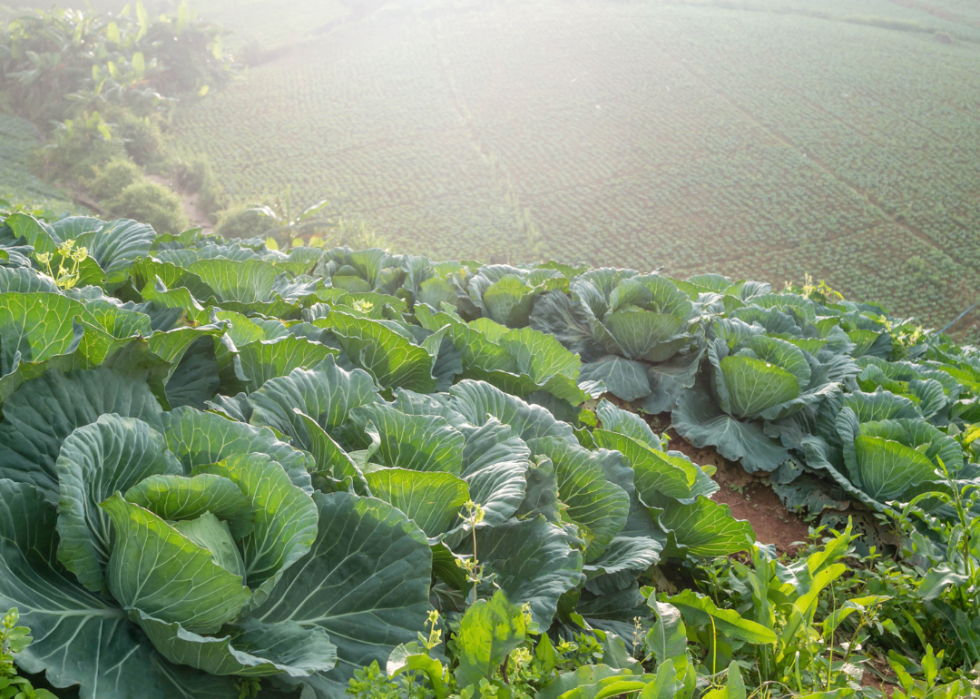
New York
- Change in length of growing season: 11.5 more days
- Change in timing of first fall frost: 8.0 days later
- Change in timing of last spring frost: 4.6 days earlier
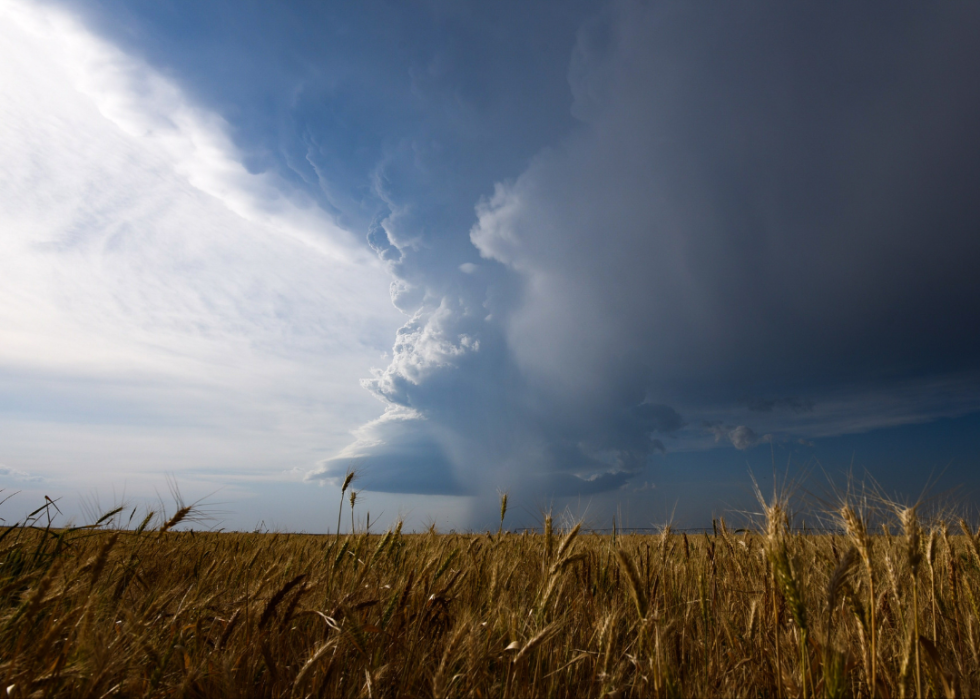
Ohio
- Change in length of growing season: 16.3 more days
- Change in timing of first fall frost: 10.2 days later
- Change in timing of last spring frost: 8.5 days earlier
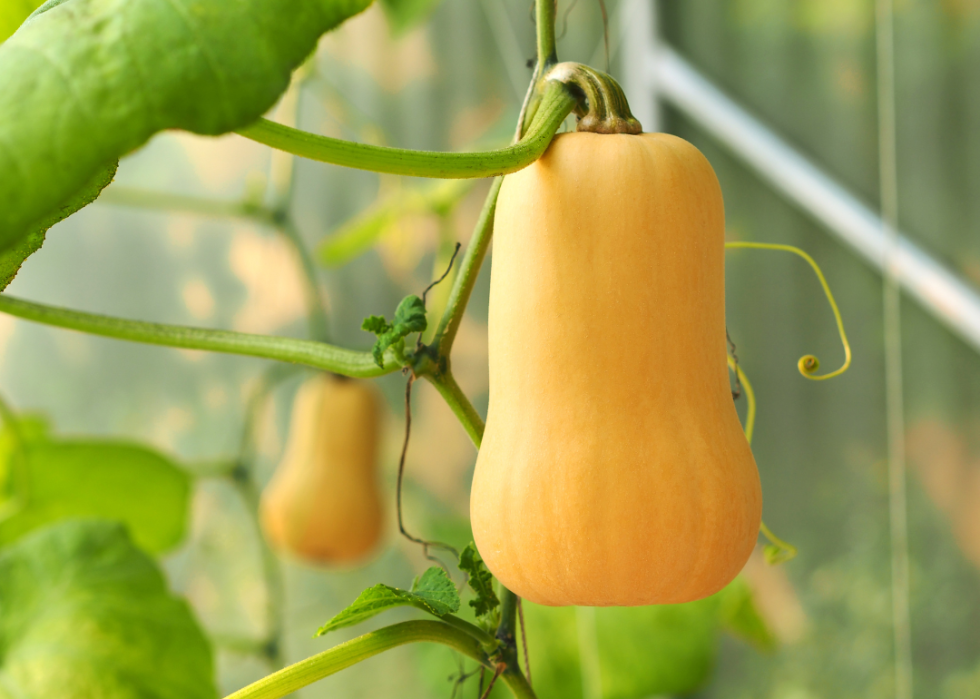
Oklahoma
- Change in length of growing season: 4.9 more days
- Change in timing of first fall frost: 4.0 days later
- Change in timing of last spring frost: 1.4 days earlier
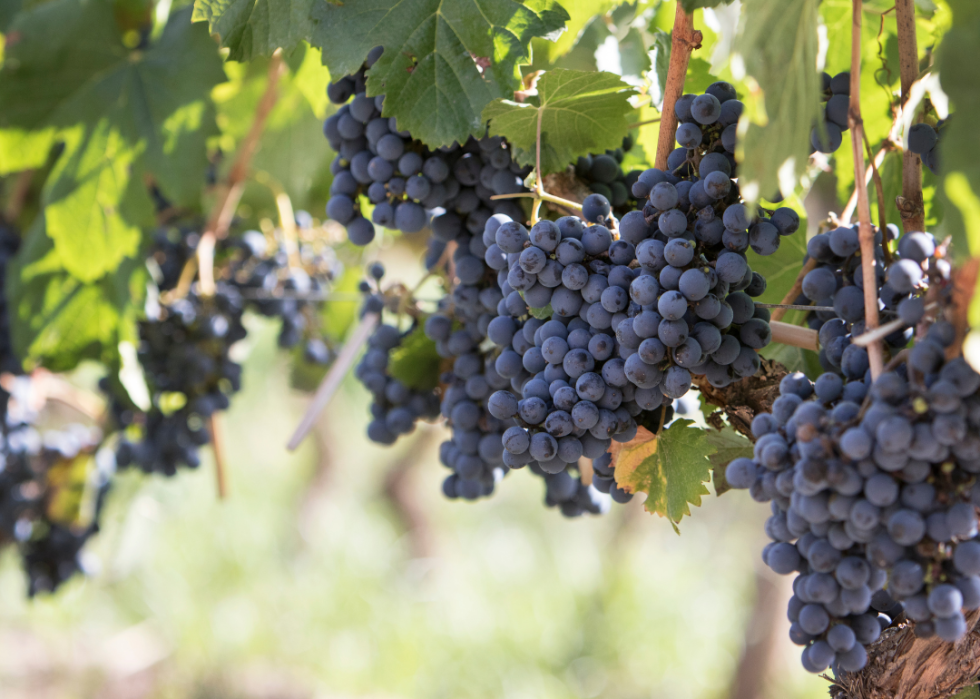
Oregon
- Change in length of growing season: 26.6 more days
- Change in timing of first fall frost: 12.2 days later
- Change in timing of last spring frost: 16.1 days earlier

Pennsylvania
- Change in length of growing season: 19.6 more days
- Change in timing of first fall frost: 15.2 days later
- Change in timing of last spring frost: 6.0 days earlier
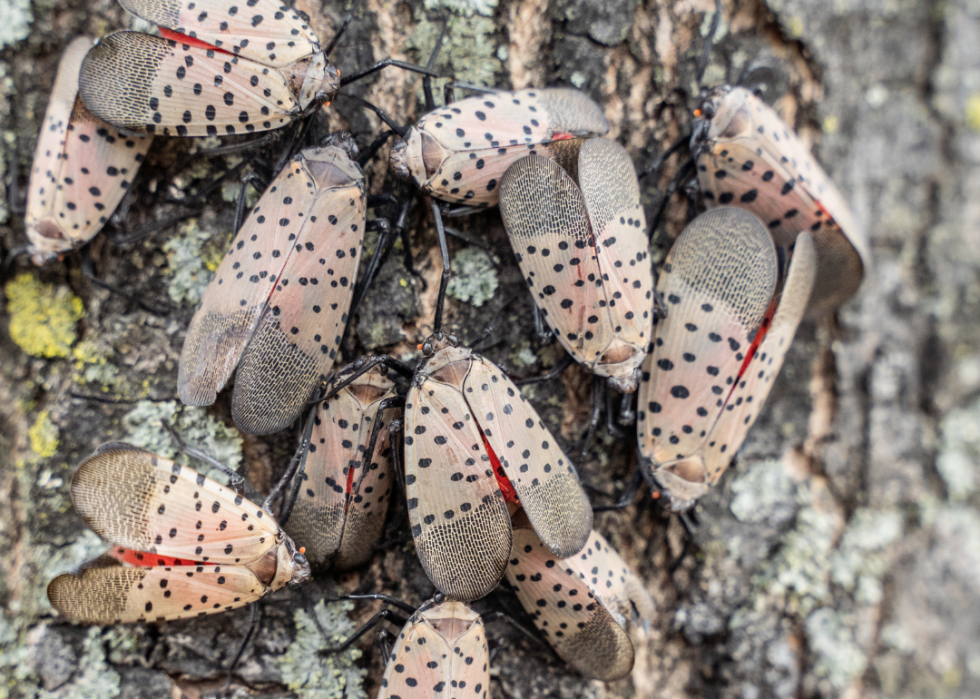
Rhode Island
- Change in length of growing season: 11.4 more days
- Change in timing of first fall frost: 7.0 days later
- Change in timing of last spring frost: 2.8 days earlier
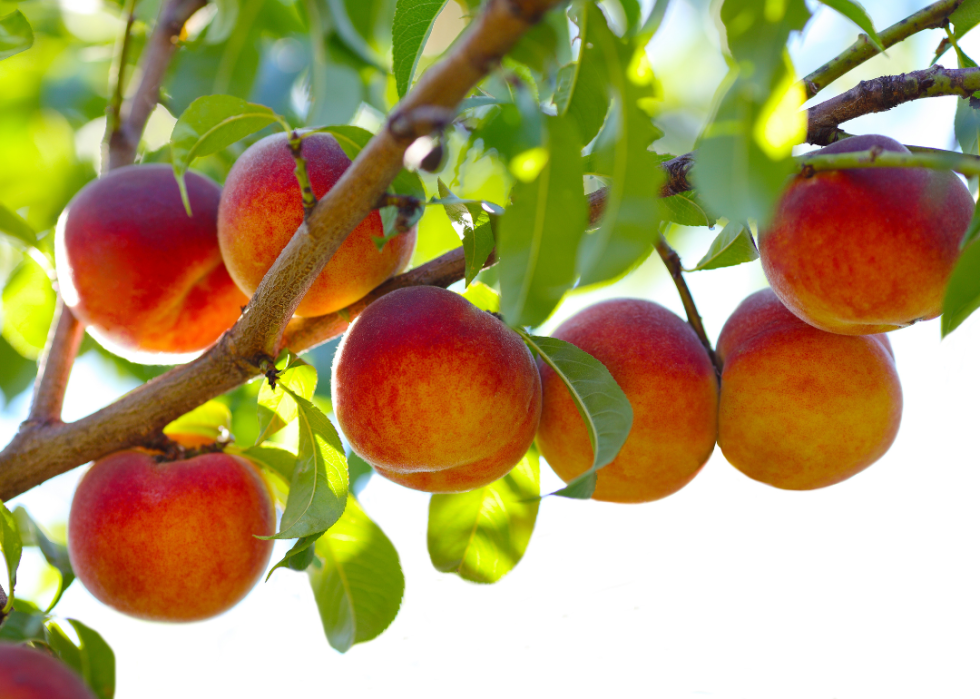
South Carolina
- Change in length of growing season: 5.0 more days
- Change in timing of first fall frost: 2.3 days later
- Change in timing of last spring frost: 1.8 days earlier
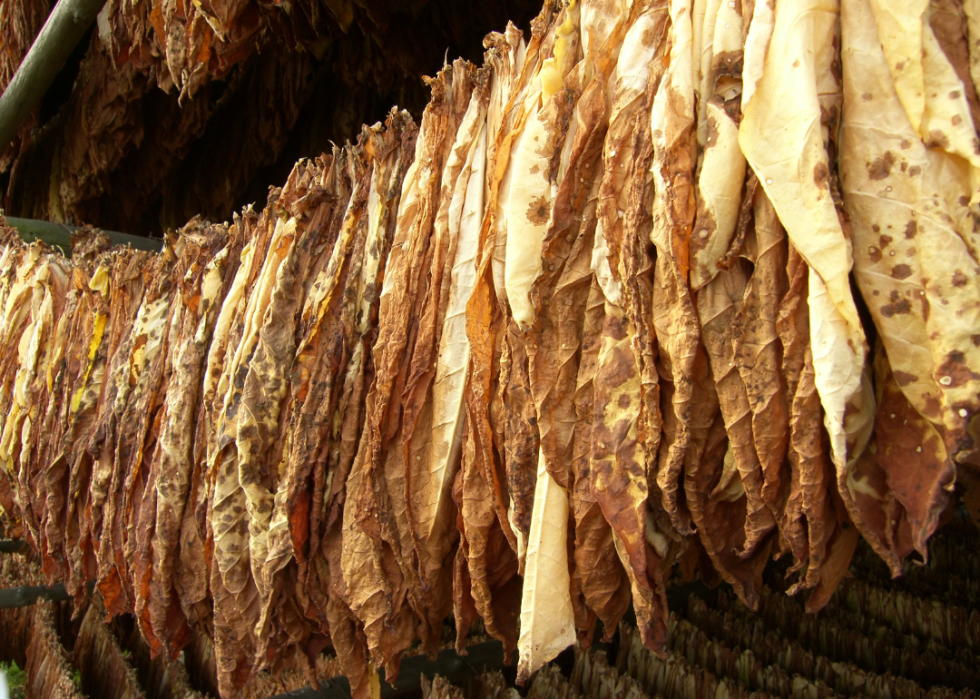
South Dakota
- Change in length of growing season: 17.5 more days
- Change in timing of first fall frost: 7.4 days later
- Change in timing of last spring frost: 9.1 days earlier
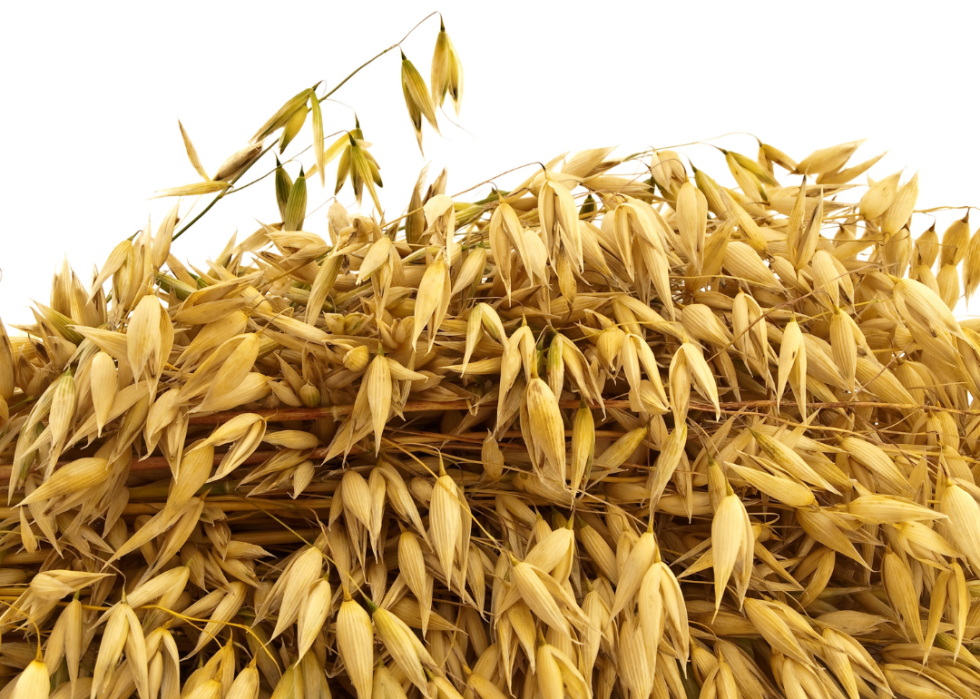
Tennesee
- Change in length of growing season: 3.9 more days
- Change in timing of first fall frost: 4.8 days later
- Change in timing of last spring frost: 0.7 days earlier
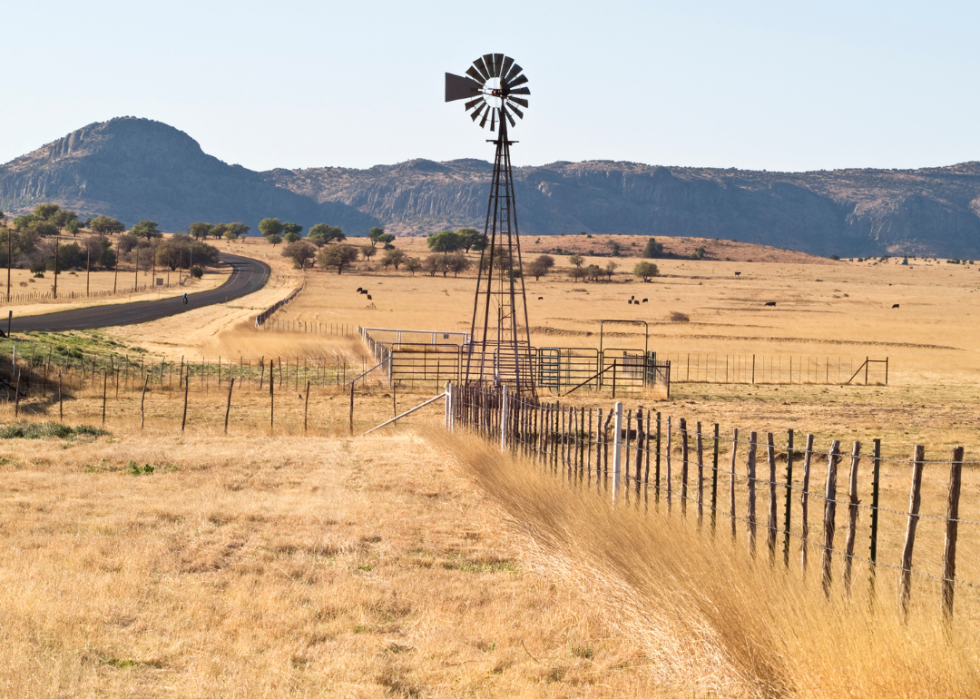
Texas
- Change in length of growing season: 8.3 more days
- Change in timing of first fall frost: 1.9 days later
- Change in timing of last spring frost: 5.6 days earlier
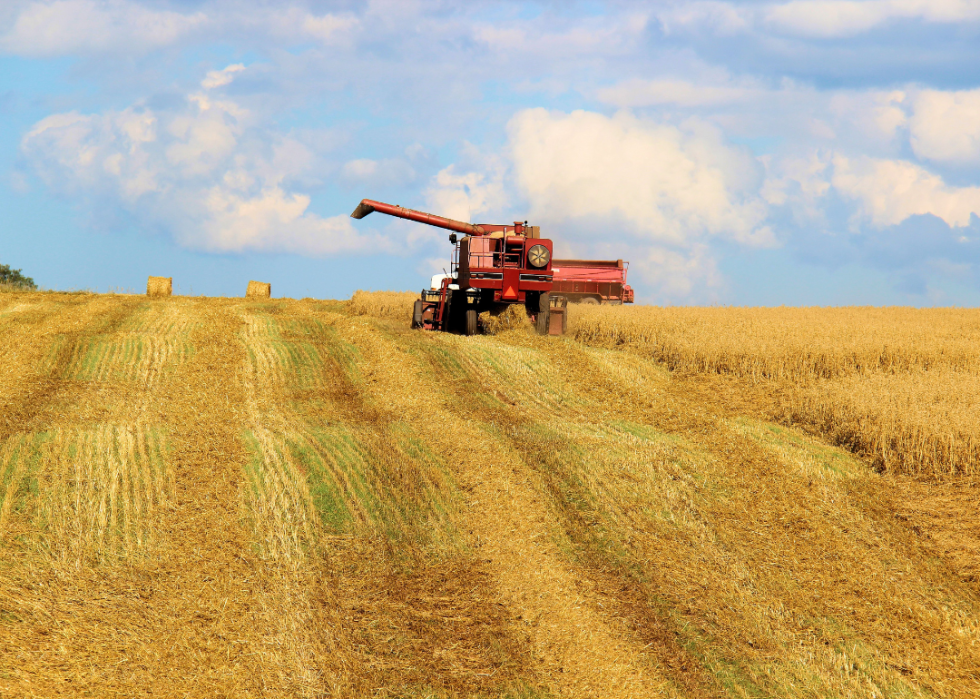
Utah
- Change in length of growing season: 33.0 more days
- Change in timing of first fall frost: 13.2 days later
- Change in timing of last spring frost: 19.0 days earlier
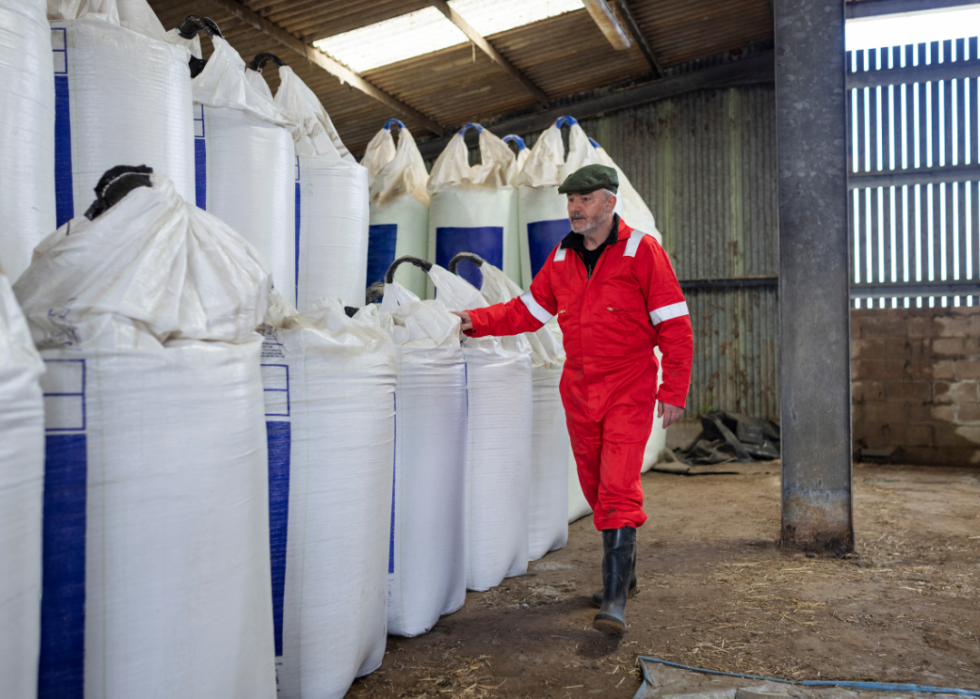
Virginia
- Change in length of growing season: 13.6 more days
- Change in timing of first fall frost: 8.8 days later
- Change in timing of last spring frost: 4.1 days earlier
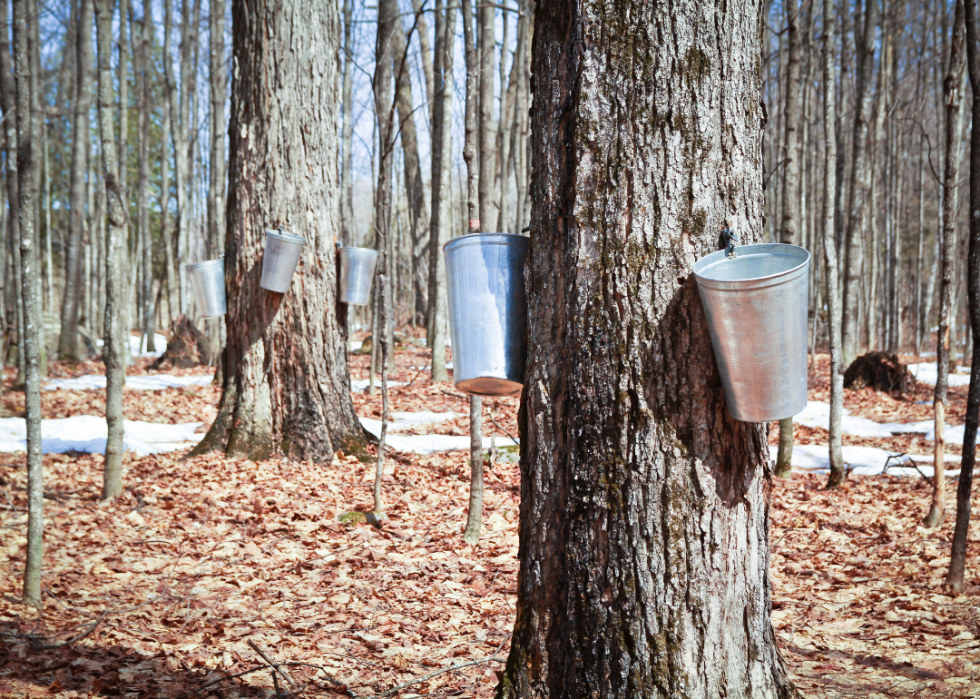
Vermont
- Change in length of growing season: 11.9 more days
- Change in timing of first fall frost: 7.9 days later
- Change in timing of last spring frost: 4.0 days earlier
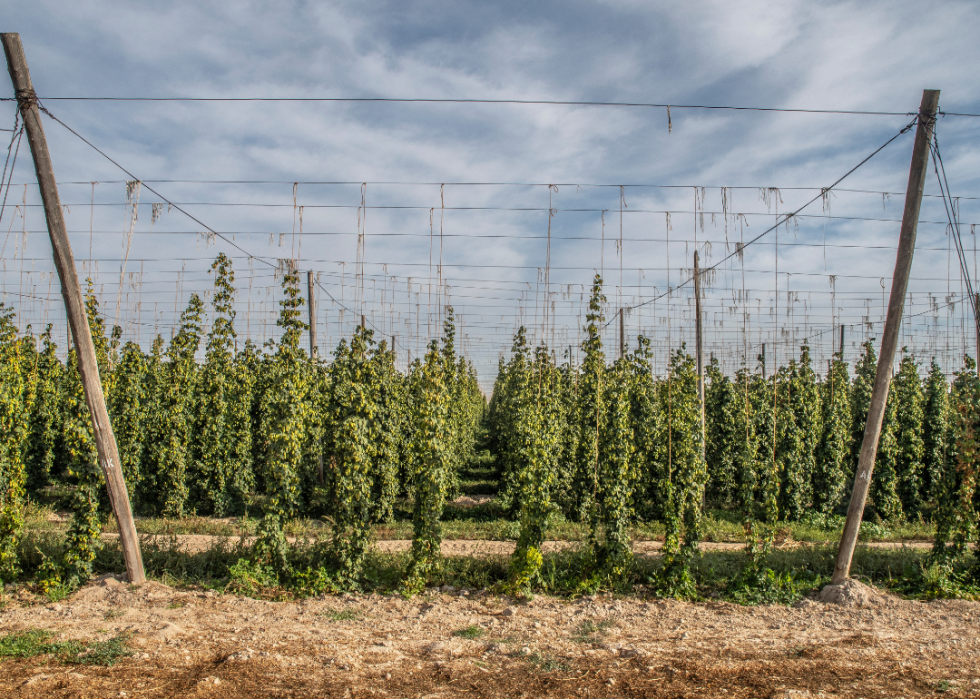
Washington
- Change in length of growing season: 35.0 more days
- Change in timing of first fall frost: 14.6 days later
- Change in timing of last spring frost: 22.9 days earlier

Wisconsin
- Change in length of growing season: 15.7 more days
- Change in timing of first fall frost: 6.8 days later
- Change in timing of last spring frost: 8.2 days earlier
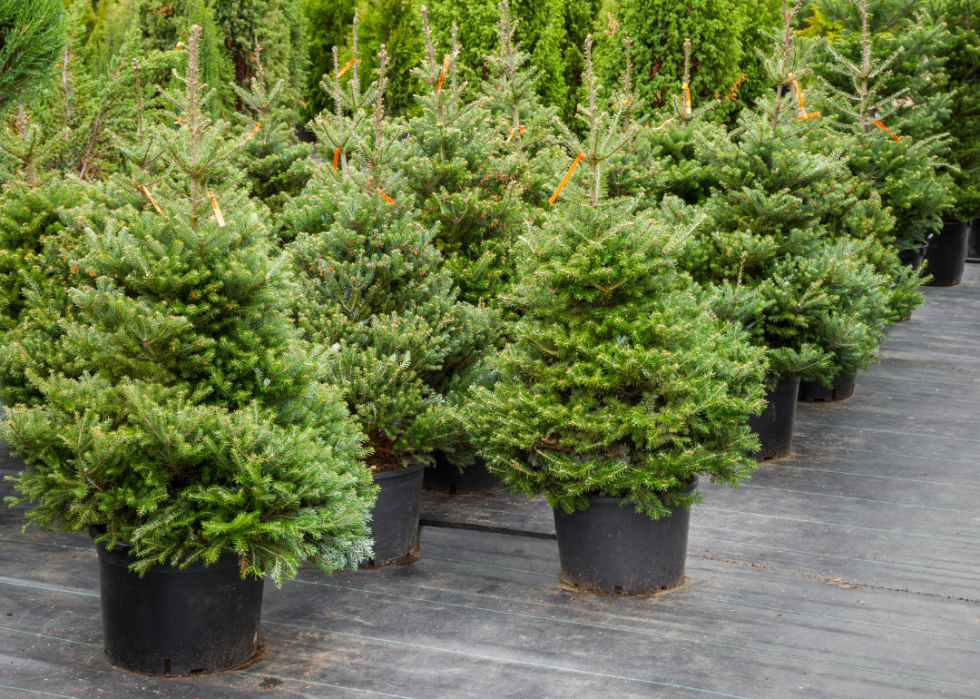
West Virginia
- Change in length of growing season: 6.6 more days
- Change in timing of first fall frost: 8.2 days later
- Change in timing of last spring frost: 0.6 days later
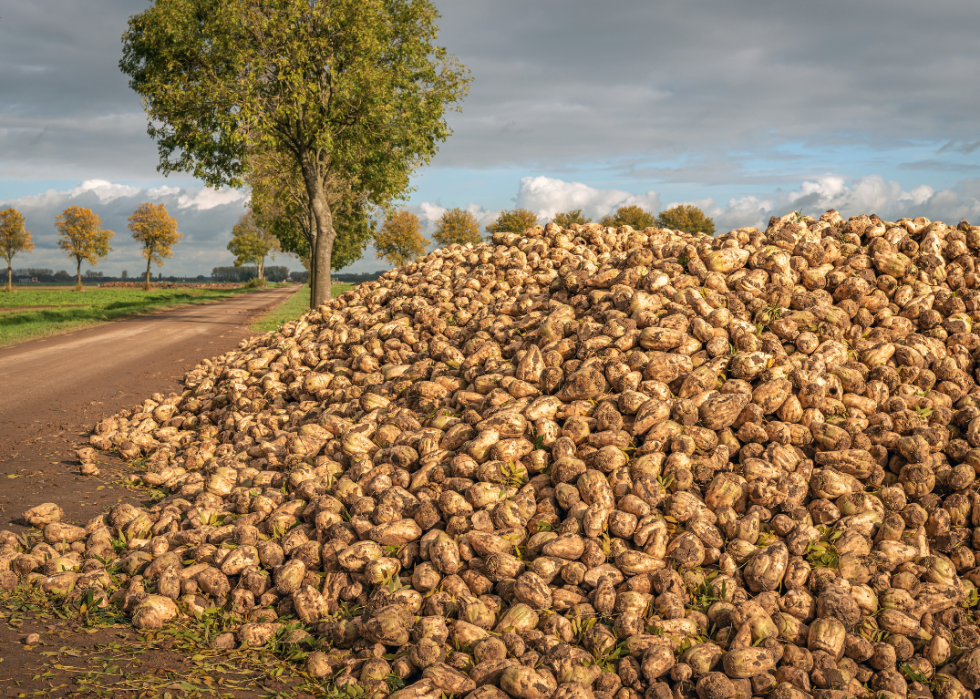
Wyoming
- Change in length of growing season: 34.4 more days
- Change in timing of first fall frost: 13.8 days later
- Change in timing of last spring frost: 21.0 days earlier
Story editing by Jeff Inglis. Copy editing by Kristen Wegrzyn. Photo selection by Ania Antecka.



